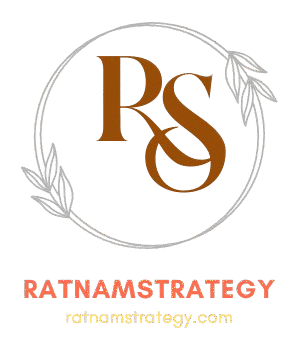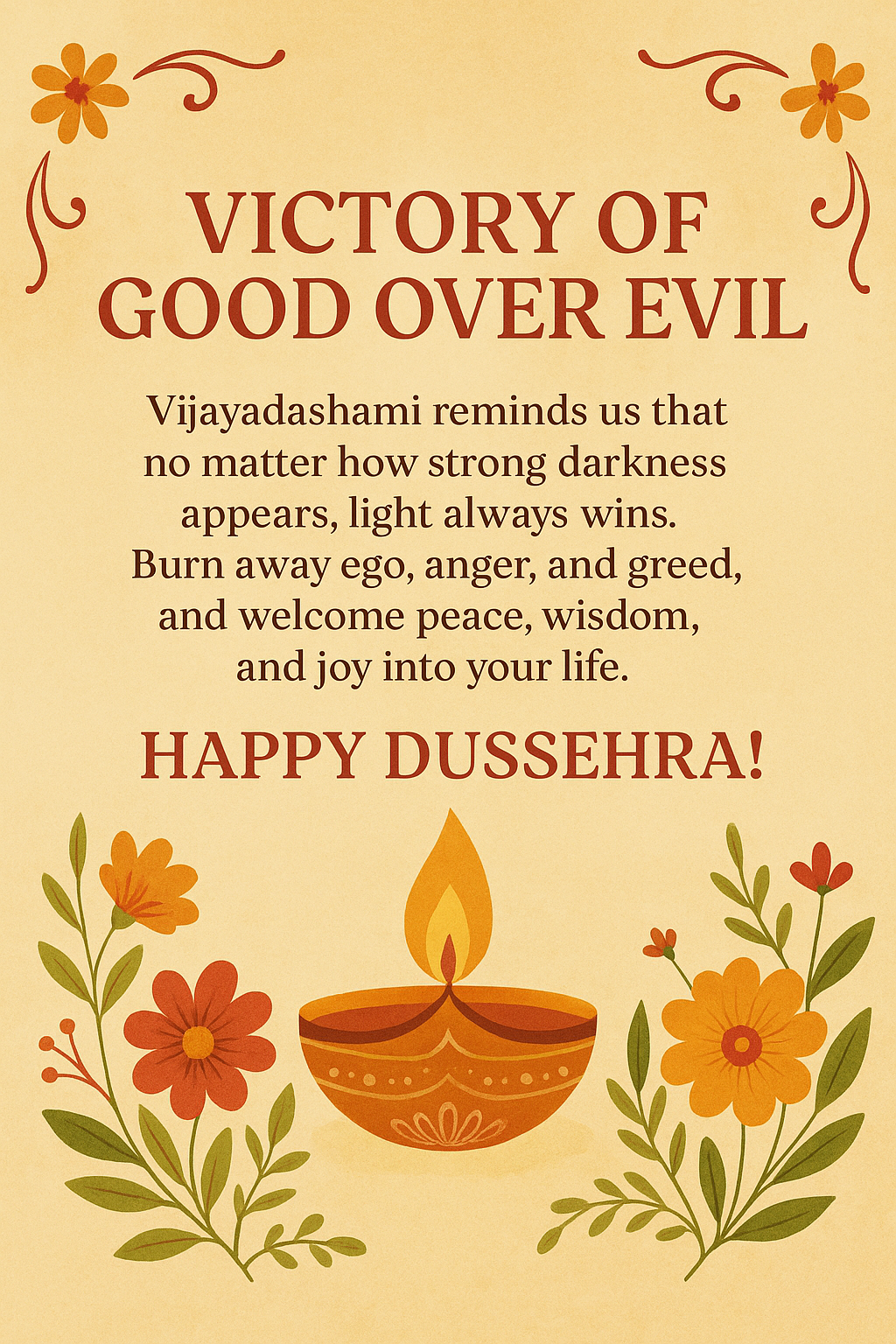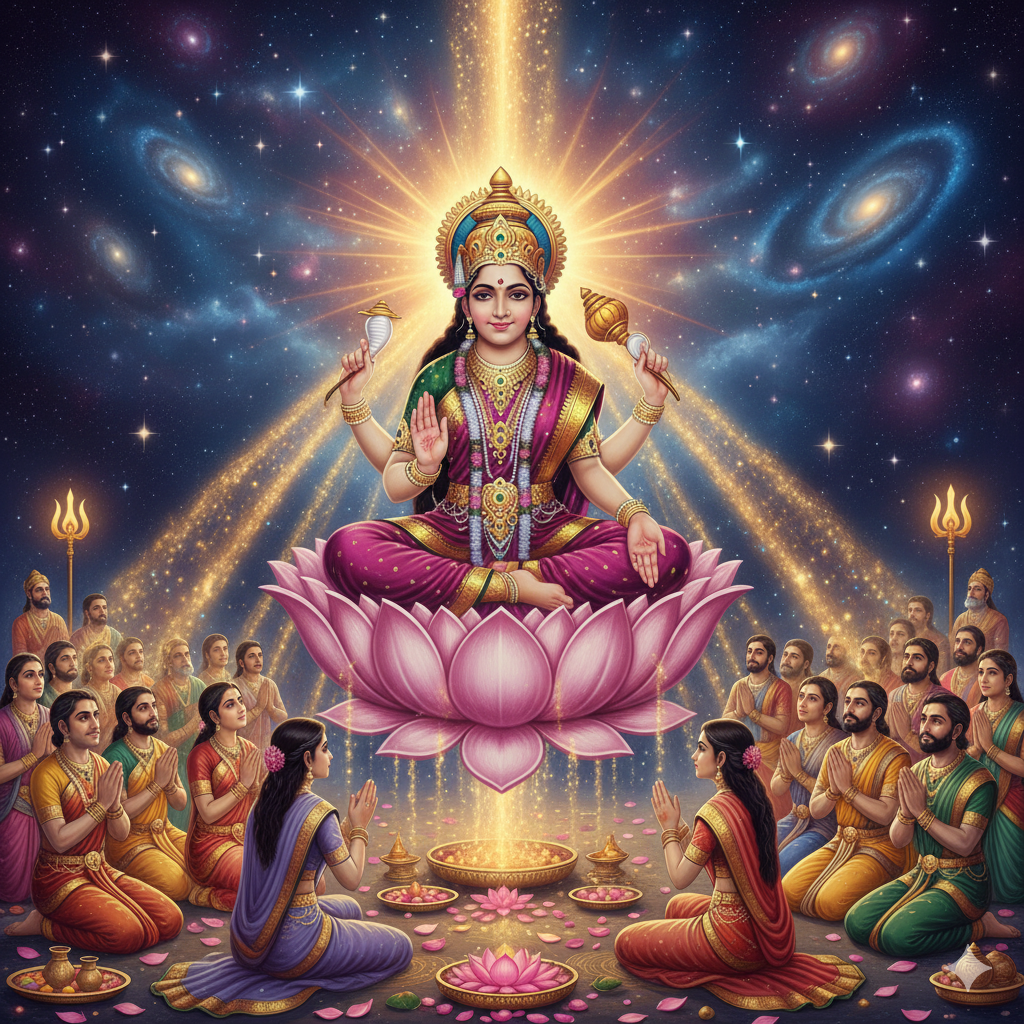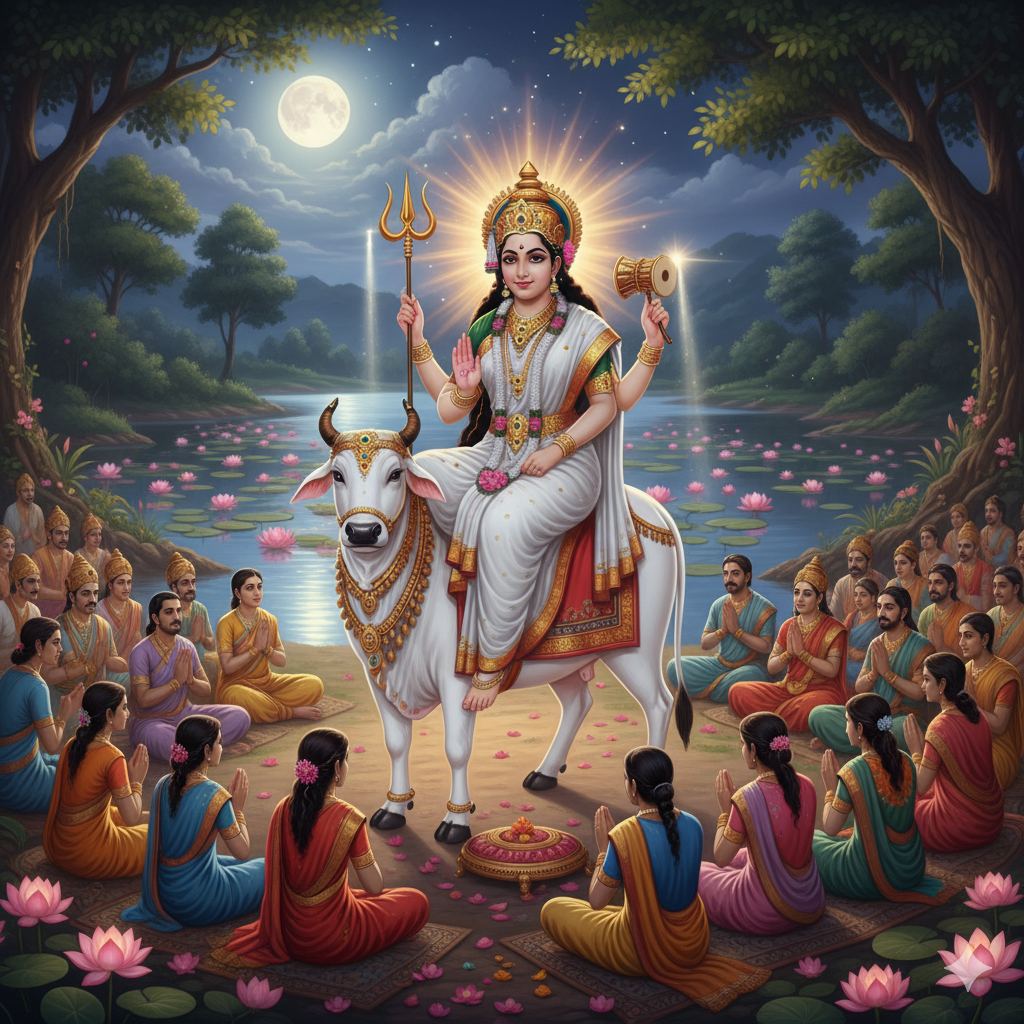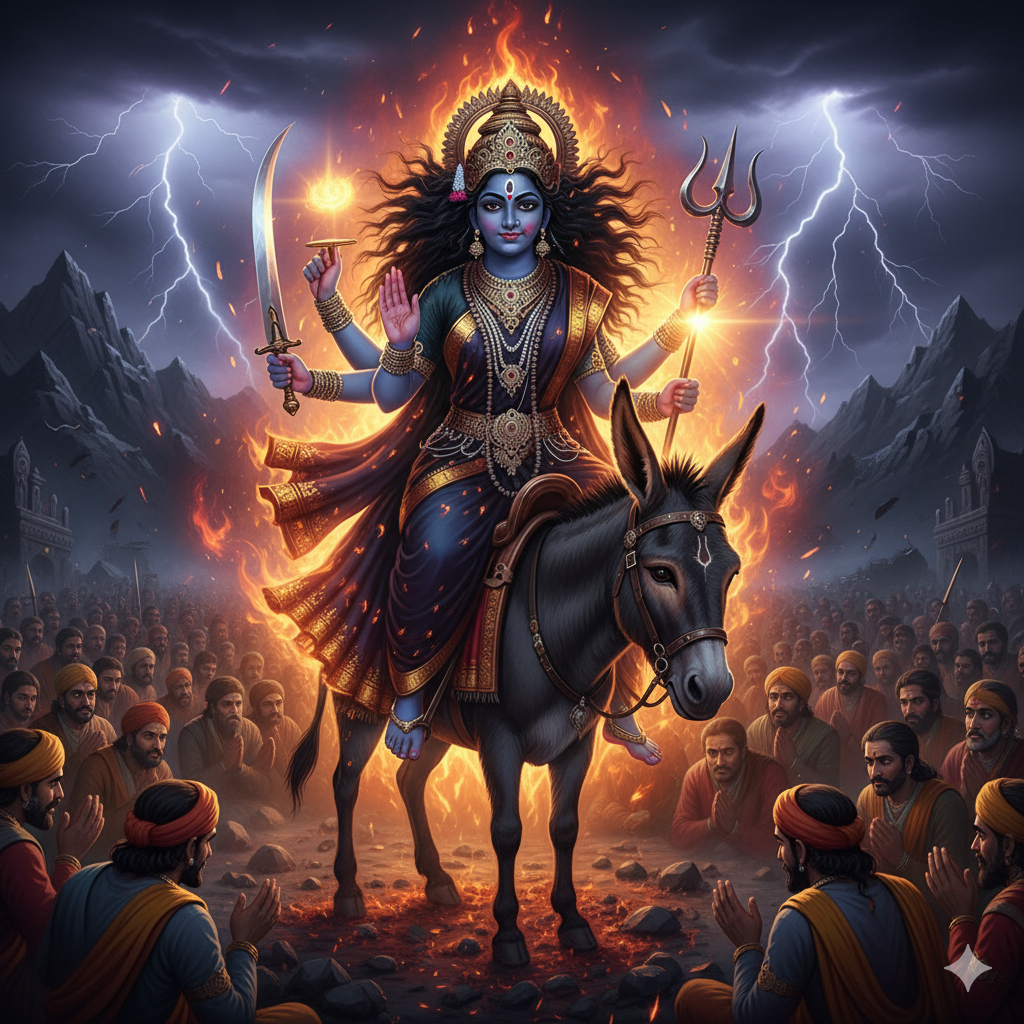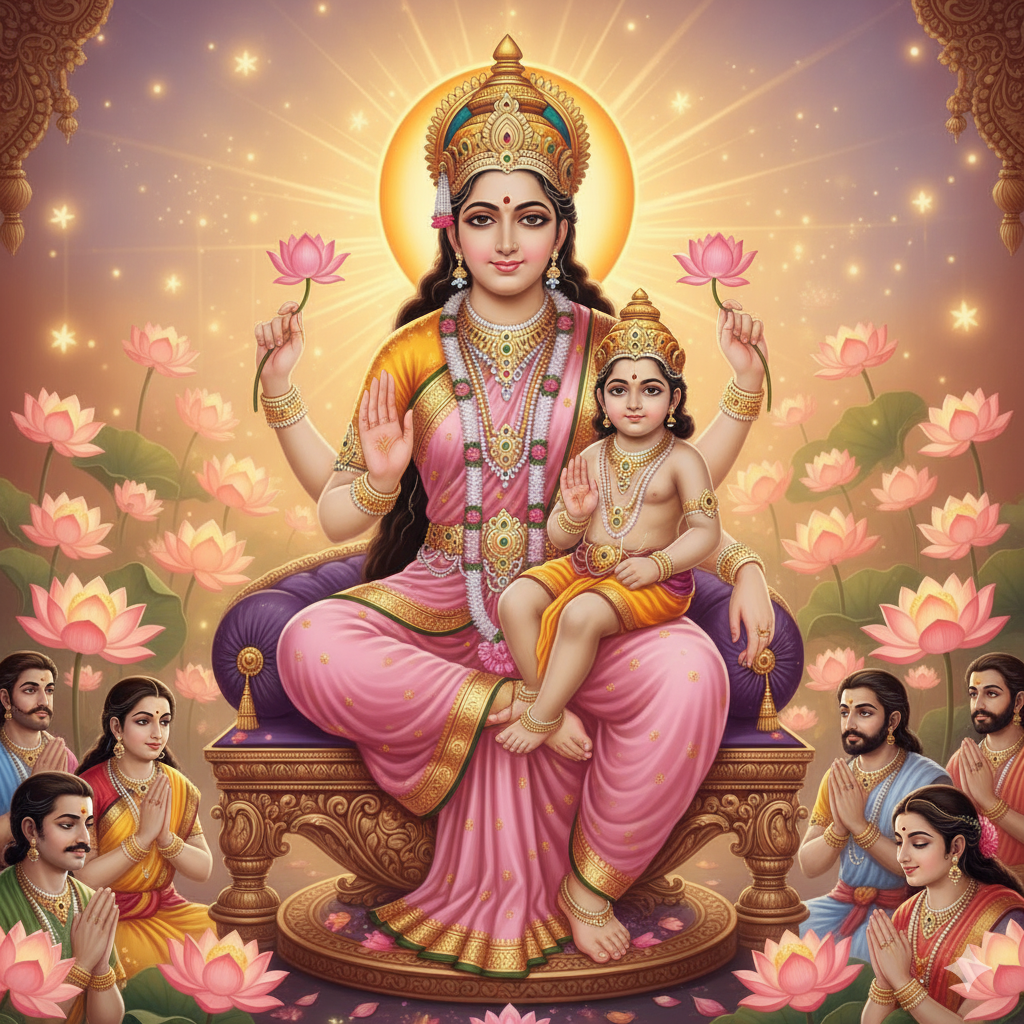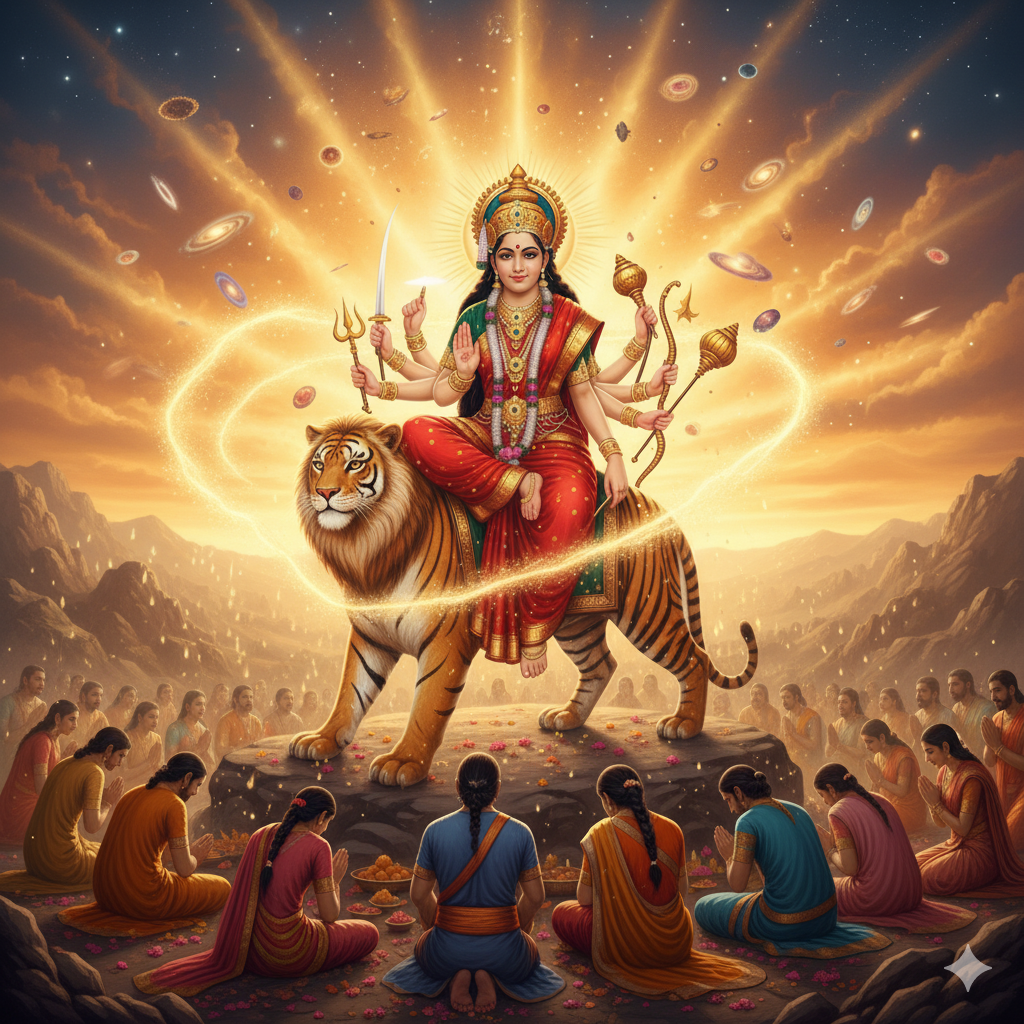
Maa Kushmanda – Navratri Day 4 :Navratri, the nine-day festival of Goddess Durga, celebrates her nine divine forms known as the Navadurga. On the fourth day, devotees worship Maa Kushmanda, also known as the Adi Shakti who is believed to have created the universe with her divine smile.
She resides in the core of the Sun and radiates boundless energy that sustains life. Worshipping Maa Kushmanda blesses devotees with strength, health, prosperity, and positive energy.
Who is Maa Kushmanda – Navratri Day 4?
The name Kushmanda is formed from three Sanskrit words: Ku = little, Ushma = warmth or energy, Anda = cosmic egg.
Thus, Maa Kushmanda is the goddess who created the universe from a small cosmic egg with her divine energy and smile. She is considered the creator of the world, the one who filled it with light.
Iconography of Maa Kushmanda – Navratri Day 4
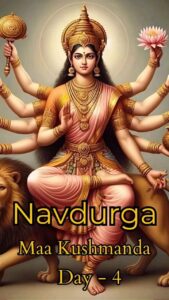
Mount: Lion, symbolizing power and strength.
Appearance: Radiant like the sun, with a golden complexion.
Hands: She has eight or ten hands (Ashtabhuja or Dashabhuja) holding weapons, rosary, nectar, and a jar of divine elixir.
Symbolism: She is the source of cosmic energy, the goddess who removes darkness and fills life with positivity.
The Story of Maa Kushmanda – Navratri Day 4
According to legends, before creation, the universe was a void filled with darkness. When Goddess Kushmanda smiled, her radiant energy produced the Sun, stars, planets, and life.
She is therefore called the creator of the Brahmanda (universe). Her abode is said to be in the Surya Mandala (solar core), where she provides energy to the Sun itself.
Maa Kushmanda – Navratri Day 4 Puja Vidhi (Step-by-Step)
Morning Preparation
- Wake up early, bathe, and wear green clothes, the color of Day 4.
- Clean and decorate your puja altar with mango leaves and marigold flowers.
Kalash Puja
- Worship the Kalash established on Day 1.
- Place Maa Kushmanda’s idol or image near the Kalash.
Invocation
- Apply tilak, kumkum, and sandalwood paste.
- Offer flowers, incense, and dhoop.
Mantra Chanting
Recite:
- “Om Devi Kushmandayai Namah”
- Advanced devotees chant her Dhyana Mantra for meditation and concentration.
Offerings (Naivedyam & Bhog)
- Malpua, curd, pumpkin, and fruits are offered.
- Lighting a deepak (ghee lamp) is considered very auspicious.
Aarti
- Sing Durga Aarti and perform prayers with bells and conch sounds.
Significance of Maa Kushmanda Worship
- She represents the cosmic power of creation.
- Her light, energy, and vitality come from her.
- Worshipping her removes sorrows, diseases, and negative energies.
- Brings prosperity, strength, and long life.
Benefits of Worshipping Maa Kushmanda
- Grants courage, confidence, and strength.
- Enhances health and immunity.
- Removes financial troubles and brings prosperity.
- Helps devotees achieve peace and positivity.
- Provides spiritual enlightenment by blessing with energy and wisdom.
Maa Kushmanda – Navratri Day 4Mantras
- Navratri Day 4 Mantra:
“Om Devi Kushmandayai Namah”
- Beej Mantra:
“Om Hreem Shreem Kushmandayai Namah”
- Stotra (for meditation):
Her stotra describes her as the creator of the universe, the source of all energy.
Regional Worship Traditions
- In North India, special bhog of malpua is offered.
- In West Bengal, devotees worship her with grandeur as part of Durga Puja.
- In South India, devotees prepare pumpkin-based dishes and chant Lalita Sahasranama.
Spiritual Lessons from Maa Kushmanda
- Creation begins with positivity and light.
- Smiling even in difficult times brings energy to life.
- Inner strength and energy are the true sources of success.
20 FAQs About Maa Kushmanda – Navratri Day 4
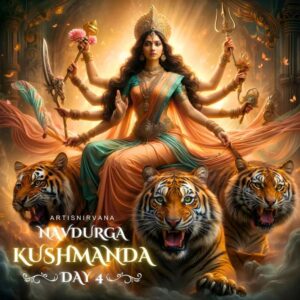
Q1. Who is Maa Kushmanda?
A1. She is the fourth form of Navadurga, the creator of the universe with her divine smile.
Q2. Why is she called Kushmanda?
A2. Because she created the cosmic egg (Anda) with her energy (Ushma).
Q3. What is the color for Day 4 of Navratri?
A3. Green, symbolizing growth, energy, and harmony.
Q4. What is Maa Kushmanda’s mount?
A4. A lion, symbolizing power and bravery.
Q5. How many hands does she have?
A5. She is depicted with 8 or 10 hands holding weapons and divine objects.
Q6. What offerings are made to Maa Kushmanda?
A6. Malpua, pumpkin, curd, and fruits.
Q7. What is Maa Kushmanda’s mantra?
A7. “Om Devi Kushmandayai Namah”.
Q8. Why is she associated with the Sun?
A8. She resides in the Surya Mandala and provides energy to the Sun itself.
Q9. What does the rosary in her hand represent?
A9. Meditation, devotion, and spiritual practice.
Q10. What is the significance of her smile?
A10. Her smile created the universe and fills devotees with positivity.
Q11. What is her favorite bhog?
A11. Malpua, pumpkin dishes, and curd.
Q12. Does worshipping Maa Kushmanda improve health?
A12. Yes, she is believed to remove diseases and bless devotees with good health.
Q13. What does her lion symbolize?
A13. Bravery, courage, and energy.
Q14. Why is green the color of Day 4?
A14. It represents harmony, freshness, and life energy.
Q15. Can Maa Kushmanda be worshipped at home?
A15. Yes, with devotion, mantra chanting, and simple offerings.
Q16. What blessing does she give?
A16. Energy, prosperity, courage, and wisdom.
Q17. What is the spiritual meaning of her worship?
A17. Awakening the divine energy within oneself.
Q18. Which flower is offered to her?
A18. Marigold and red hibiscus.
Q19. Is fasting important on Day 4?
A19. Yes, many devotees fast with fruits and satvik food.
Q20. What is the ultimate blessing of Maa Kushmanda?
A20. Strength, positivity, prosperity, and spiritual enlightenment.
Conclusion : Maa Kushmanda – Navratri Day 4
Maa Kushmanda, the fourth form of Navadurga, is the goddess of creation and energy. Worshipping her on Navratri Day 4 brings health, prosperity, and positivity into life. Her divine smile reminds us to stay strong, radiant, and full of energy even in difficult times.
🌞 May Maa Kushmanda bless you with strength, wealth, and happiness this Navratri! 🌞
